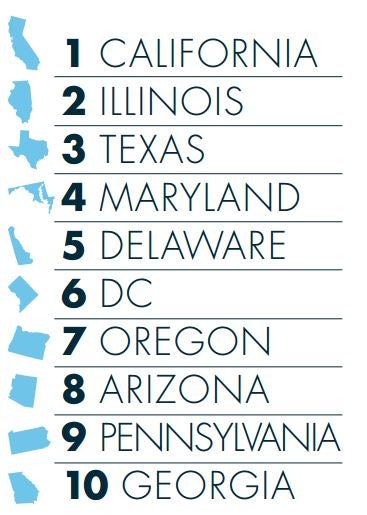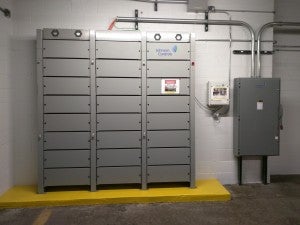 The GridWise Alliance, a leading business forum for the development of a smart, clean, modern electric grid, just released its 3rd Annual Grid Modernization Index – a ranking of states’ progress towards a more sustainable energy system. The Index goes beyond tracking investments that modernize the electric system; it explores the policies these investments can support, such as increasing efficiency and reducing emissions. The report also delves into the valuable services customers can expect from smart technology investments in the grid.
The GridWise Alliance, a leading business forum for the development of a smart, clean, modern electric grid, just released its 3rd Annual Grid Modernization Index – a ranking of states’ progress towards a more sustainable energy system. The Index goes beyond tracking investments that modernize the electric system; it explores the policies these investments can support, such as increasing efficiency and reducing emissions. The report also delves into the valuable services customers can expect from smart technology investments in the grid.
Grid modernization isn’t simply about replacing aging infrastructure – it’s about managing energy in new ways, namely through sensors and digital communication. Greater visibility and control as a result of these investments can create a dynamic electric system that is more efficient, better manages costs, improves customer service, and protects our limited resources.
In addition to possibly giving your home state something to brag about, the results of this Index offer plenty of useful information on how states have modernized the grid and charted their own course toward making smarter energy choices. Read More
 Yesterday, the Supreme Court issued an important
Yesterday, the Supreme Court issued an important 


